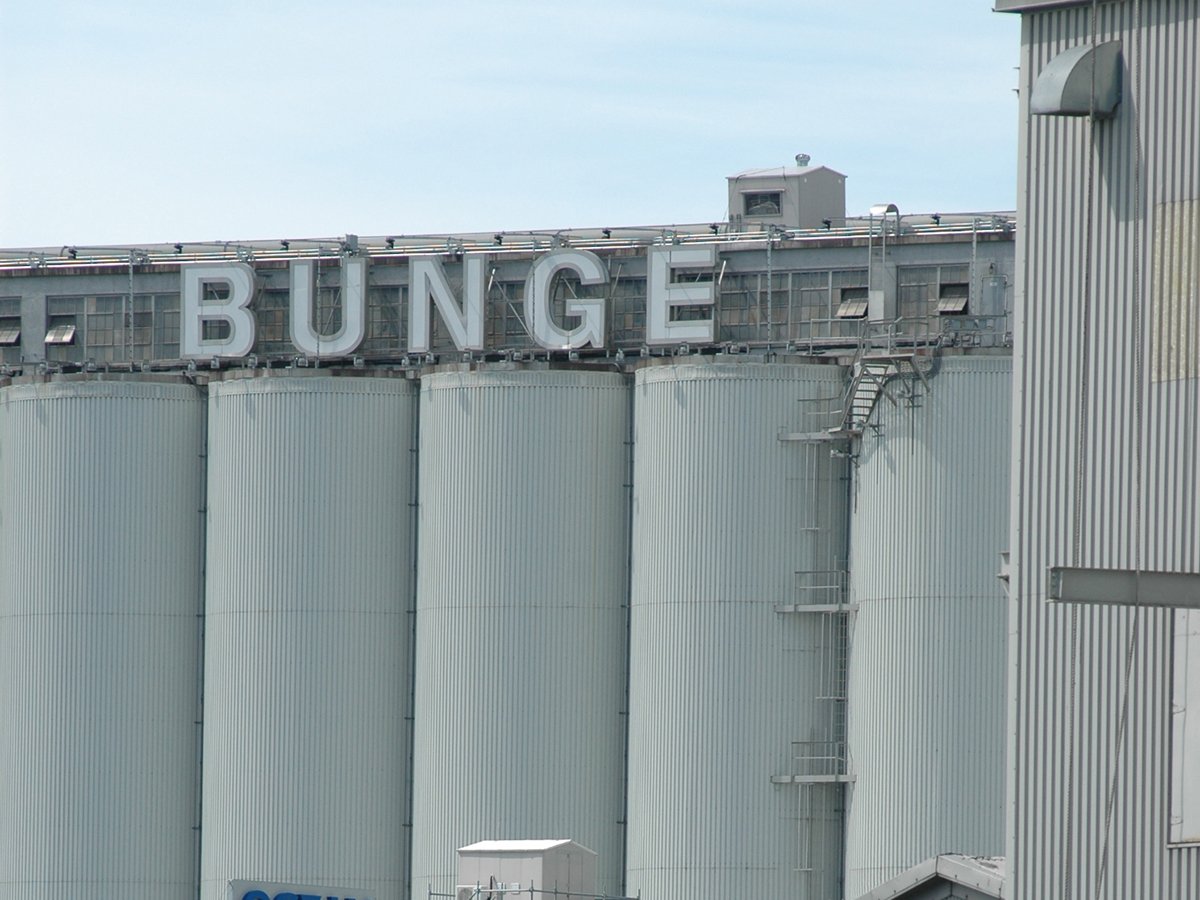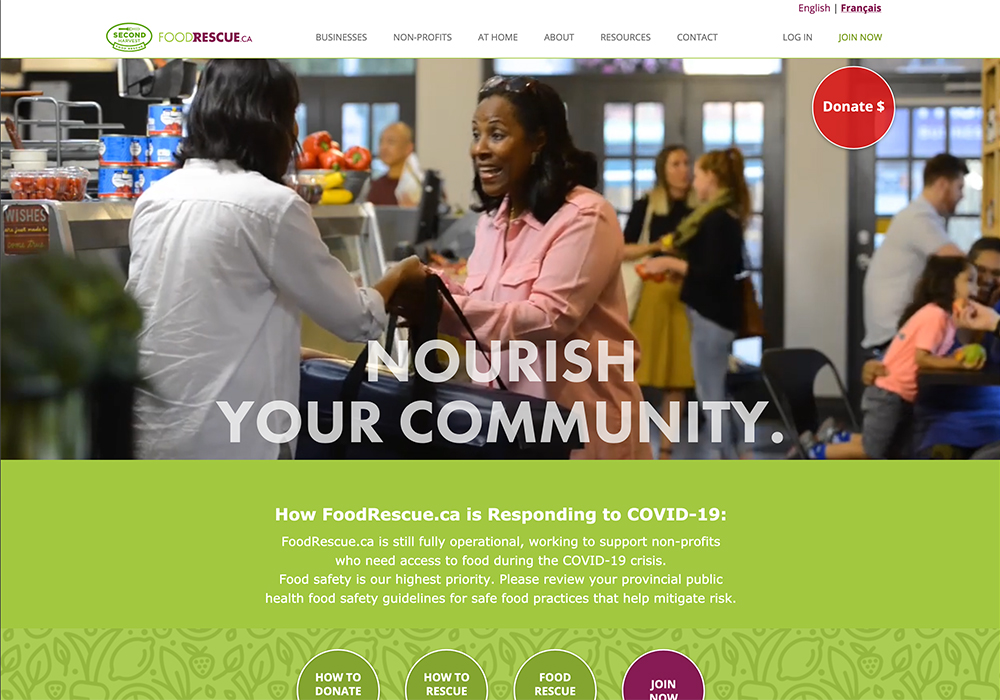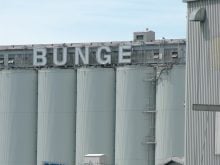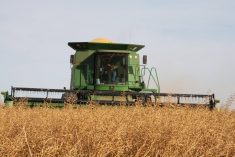Food Banks Canada and seven other organizations have been selected by the federal government to redistribute excess food supplies to communities in need.
The Surplus Food Rescue Program was created in May with $50 million as part of Ottawa’s response to the COVID-19 pandemic.
“We wanted the projects to be all-inclusive, from the producers to the processors, transportation, packaging until the end to the food banks,” said Agriculture Minister Marie-Claude Bibeau.
Bibeau said timelines will vary depending on the type of food being delivered, but overall the $50 million will be spent within “a couple of months.”
Read Also

Bunge’s crop mix is changing
Bunge has predominantly been a soybean processing firm, but that’s about to change after the merger with Viterra with softseed processing and grain merchandising gaining ground.
The Food Bank will be joined by Nutri-Group, Second Harvest, La Tablee des Chefs and others in redistributing excess supplies of potatoes, walleye, chicken, turkey, eggs, and other foods. The lead organizations will work in partnership with about 100 other groups in ensuring the food reaches vulnerable communities.
According to Agriculture Canada, the initiative will deliver about 12 million kilograms of surplus food to food insecure families.
Its success or failure will be judged, according to Bibeau, on its ability to meet its three primary objectives: feed people in need, support farmers or processors with excess supply and avoid food waste.
“We will be looking at these three levels, and we wanted to optimize the money we had, try to find ways to share as much good food as we could,” she said. One indicator of success will be delivering at least 10 percent of the food to northern communities, she said.
If successful, the program could be continued. Bibeau said the buy-back program “aligns very well with our food policy” of making sure all Canadians have access to good, nutritious and diverse food.
The Local Food Infrastructure Fund, which aims to strengthen food systems by encouraging local organizations to work together in delivering healthy food. “Kind of a parallel” to the Surplus Food Rescue Program, said Bibeau.
“It gives an opportunity for producers to work with food banks in a different type of partnership instead of making donations once in a while,” she said.
Those who awarded the money to deliver the program welcomed the news.
“We are very grateful for this investment by the federal government. It leverages the deep supply chain expertise and knowledge the food banking network has, thereby helping those in Canada experiencing food insecurity in the most efficient manner,” Chris Hatch, chief executive officer of Foods Banks Canada said in a statement.
Food Banks Canada works with affiliated food banks and food agencies to distribute food across the country. It reached 1.1 million people last year. Nutri-Group buys eggs at cost from farmers and redistributes them in several Canadian provinces, while Second Harvest is a registered charity aiming to rescue surplus food and deliver it to people who need it.
Ottawa is also expected to roll out soon a $77.5 million fund designed to help food processors deal with the impacts of COVID-19.
In early August, Bibeau, said the program was “very, very close” to being ready.
If successful, the funding for processors would help offset costs of purchasing personal protective equipment and installing safety measures to prevent the spread of the virus.
















